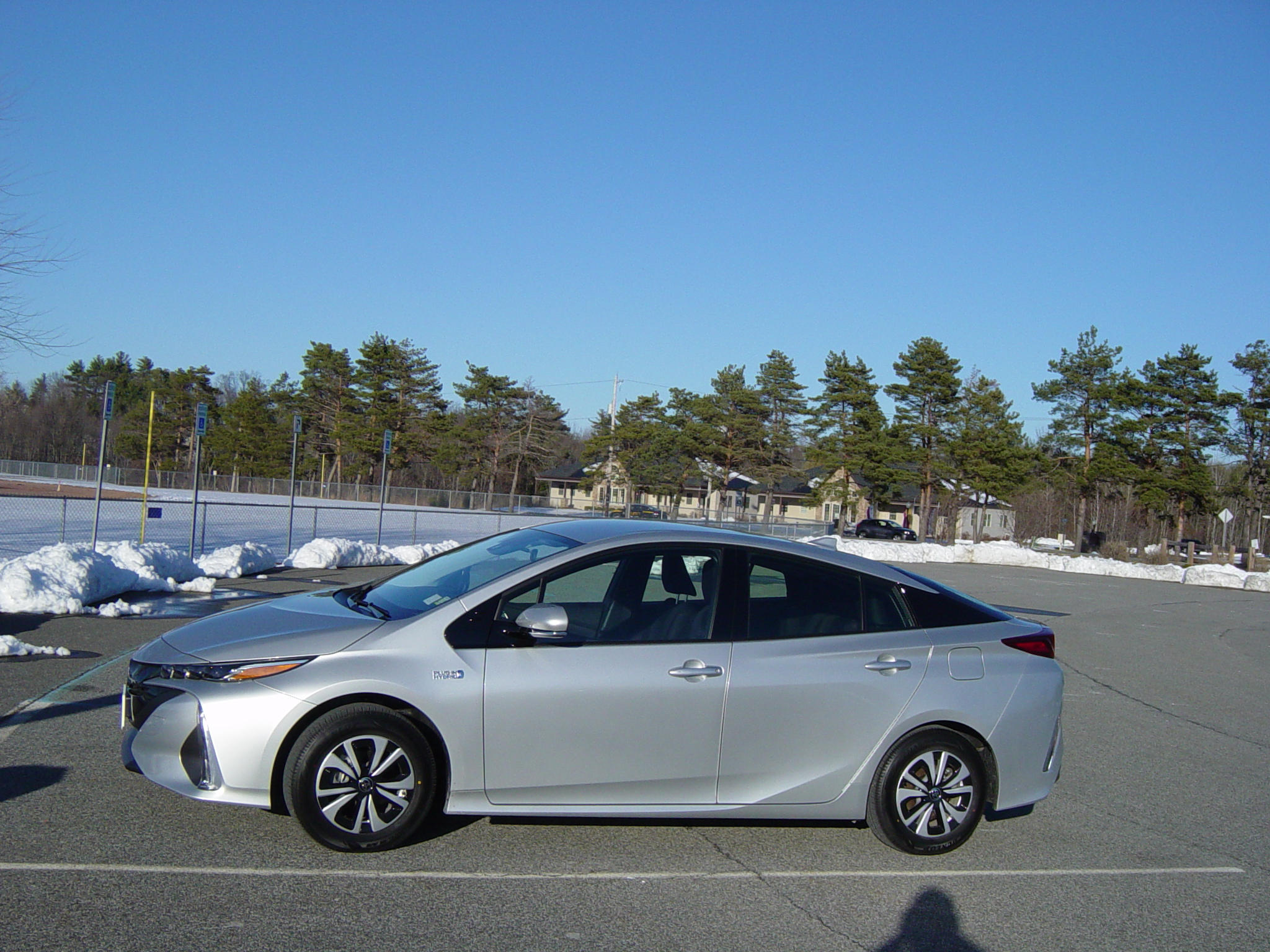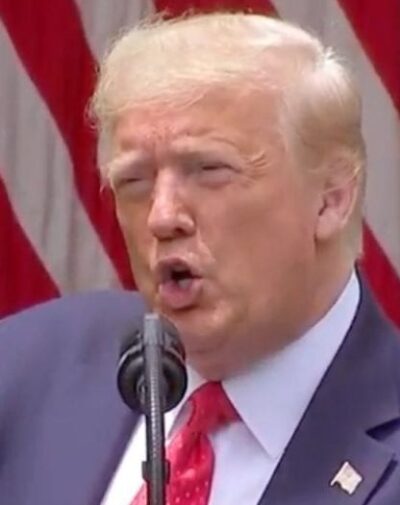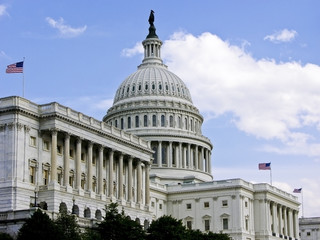I have owned fuel efficient hybrid cars for over fifteen years and they are superior to the normal gas fueled vehicles that I have driven all my life. With my initial HEV Hybrid Electric Vehicle, a Toyota Prius II, I loved driving with the electric motor due to the smoothness of engine to transmission movement and the rate of acceleration. The ride is so quiet that pedestrians don’t hear these cars approaching as I drive through various neighborhoods.
Unfortunately, with these earlier models having the secondary gas engine reduced in size and power, the switch from electric to mechanical mode is noticeably disappointing. However, this difference has been much improved as the technology progressed and more brands choices became available, I soon realized that I would never buy a gas guzzler again.
I have now owned five different types of hybrids: Toyota Prius ll, Prius V, Prius Prime, Camry LEX Hybrid and the KIA Sportage PHEV, yet I have no desire to own an all-electric vehicle at this time. With the Prius Prime Plug in Hybrid, I learned to how to drive more efficiently. The faster you drive the faster batteries discharge resulting in less mileage capability. Naturally, fast acceleration from a stopped position also reduces gas mileage. This has made me a less impatient and relaxed driver which my family has come to appreciate.
Hybrid Electric Vehicles
With a HEV vehicle driving can change between all electric mode to hybrid mode either automatically, or manually by the push of a button. Hybrid mode allows the gas engine’s alternator to intermittently recharge the batteries. Whether you are driving on a highway or on a secondary road, the periods of maintaining a steady speed or with deceleration, the batteries recharge accordingly. With an all electric vehicle you run the very real risk of draining the batteries, rendering the vehicle inoperable.
Although my 2017 Prius Prime PHEV was only rated for 23 miles on a full charge, I now average 28 plus mileage. This is due to my making sure that I only drive distances that is close to this limit. Then I can trickle-charge the car with my 110v garage outlet for later use that day. It takes about 5 hours for a full charge but can be interrupted ahead of time for a short travel distance if needed.
Subsequently, for the last five years I have only had to refill the 10-gallon maximum gas tank 5-6 times per year. The total mileage for this period was about 54,600 miles. The accumulative MPG readout on the dashboard of my Prius Prime only goes to 199.9 miles per gallon although I actually am getting several hundred miles per gallon. It will slowly maxed-out every time I refill the gas tank. I have recorded over 400 miles per gallon during times when I rarely exceed the 28-mile distance per trip before recharging.
When I have to travel a lot farther than 30 miles, I will take our secondary vehicle which is the KIA plug-in SUV. This gives me great hybrid mileage. the larger gas engine alternating continually with the electric motor is rated at combined highway/city average of 84 MPG with a charge time of only 2 hours. This is accomplished by using a 240v outlet and a ChargePoint home station installed in my two-car garage. This device works with my electrical service provider and calculates the charging costs which amounts to about 87 cents to $1.28 per full charge depending on the number of EV mileage remaining when plugged in.
All-Electric Vehicles
What concerns me about owning an all-electric vehicle is two-fold. The first is having to pay to use public charging stations billed to my credit card. The second more important concern is what to do when your batteries run out and there is no public charging station available. These concerns need to be addressed by our representatives in government due to the different types of charging stations that are presently being installed nationwide. If you own a Tesla manufactured vehicle, will it be compatible with the type of station that is available at the nearest location? Will the stations connecting cable be compatible with the car’s type of plugging?
I believe that political candidates should be running on the promise of sensible, well researched solutions to today’s problems. When it comes to energy efficiency with developmental cost considerations, can we trust the decision of ensuring product compatibility to be in the hands of profit minded CEOs, such as Elon Musk? I think not. Look at his business track record considering Tesla’s recall problems and now his divisive ownership of social media giant Twitter.
Seven major automakers claim they’re joining forces to build a North American electric vehicle charging network. One which would rival Tesla’s and nearly double the number of fast-charging plugs in the U.S. and Canada. Currently they are GM, BMW, Honda, Hyundai, Kia, Mercedes and Stellantis, the 4th largest auto maker that includes Peugeot, Citroën, Fiat, Chrysler, Jeep, Dodge, Ram, Alfa Romeo, Maserati, and more. This is a good beginning.
Problems with Charging Stations
I believe we should not be wasting government incentive money on the rush of installing charging stations throughout the country. These costs should be the overall burden of the free enterprise system so that standardization of equipment will be established. These standards are dependent on controlling costs particularly with the development and production of battery technology.
The government should not be subsidizing these costs but be cognizant of the need for critical materials that are used in the making these evolving battery types. This is extremely important for supply chain sustainability, battery recycling and the mining of critical elements. In 2022, lithium nickel manganese cobalt oxide (NMC) remained the dominant battery chemistry with a market share of 60%, followed by lithium iron phosphate (LFP) with a share of just under 30%, and nickel cobalt aluminum oxide (NCA) with a share of about 8%.
Another type of battery technology that shows great promise is the fuel cell. Hydrogen fuel cell cars now average between 312 miles and 380 miles in range, according to the EPA. Elon Musk calls hydrogen fuel cells ‘stupid,’ which shows the need for establishing consensus between automobile manufacturers. Until this problem of battery technology is resolved the wisdom of install charging stations nationwide needs to be the decision of the automotive industry with the advice and consent of the US government.
Sadly, our elected officials in Congress are too involved with the “blame game” that has infected political discourse to a point of insanity. We need to elect more technologically competent individuals to oversee technological advancement, thus making them more beneficial to the American people. Both political parties need to be spending their time working together developing solutions to our national problems.
There is no doubt that all electric vehicles are in our future. The absence of a heavy engine and transmission enables electric cars to have a more streamlined and aerodynamic appearance than gasoline-powered cars. Moreover, the absence of exhaust pipes and other emissions-related components provides more interior space and has fewer environmental impacts. However, we need to have technology catch up with the conceptual vision by moderating the transition from gas fuel.













